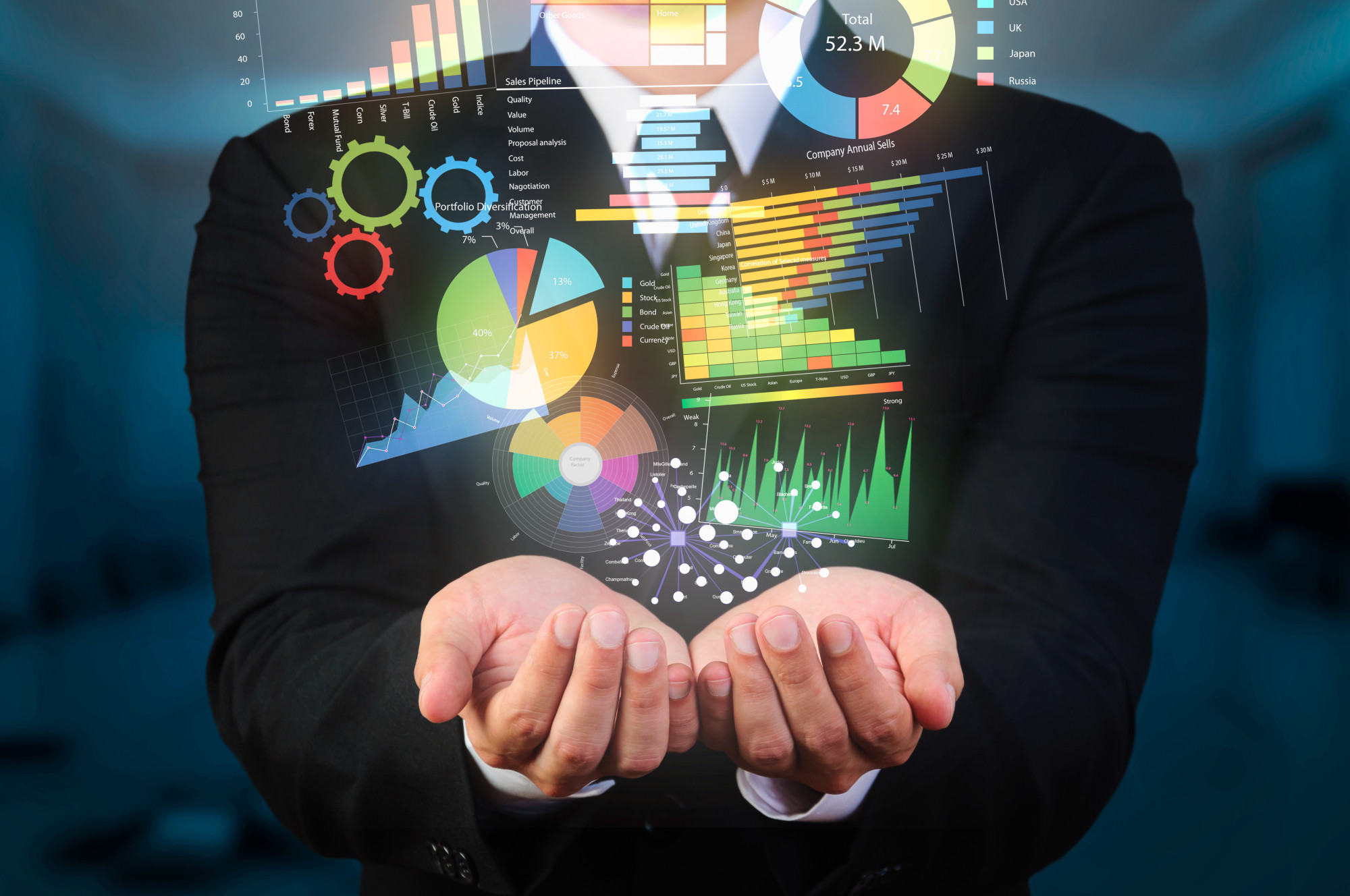You may have heard that a picture is worth a thousand words. And if you want to experience that wisdom for yourself, welcome to the world of data visualization techniques.
Think of a business meeting where someone is showing that profits went up this quarter. How are they conveying this? How do you know that something good is happening in the meeting?
If you’re like most people, you pictured a line graph moving skyward. You didn’t need to come up with a monologue about the company’s profits and how they changed over time. The image did all that work for you.
This is the power of data visualization. Keep reading for more about how you can use this effective tool for your own needs:
A Data Viz Workflow
If you’re preparing your work for a big presentation, conference, or meeting, good data visualization is a must. In fact, an effective workflow should look something like this:
1. Data collection
This is the ‘research’ portion of your work. Are you working with surveys or combing through data on the internet? All of that work goes in this step.
2. Data processing
Here’s where coding skills start to take the stage. You should be able to convert the raw data into something ready for analysis. This also involves decisions about what aspects of the data you want to focus on.
3. Data analysis
You might think that this is the final step of your work. It seems monumental, and that’s not wrong. This is the step where you’ll get to see for sure whether your predictions are supported or not. Once this step is complete, you’ll have your ‘results’…
4. Data visualization
But you’re not done yet. You should be thinking of data visualization as the part of the process that every previous step is working towards. A result doesn’t mean much unless you can communicate it to others.
What you need is one key image, or a set of images, that can illustrate the whole story of your work. How many times have we zoned out of a talk and only paid attention to the images? Clean, beautiful data visualization is the holy grail of effective presentations.
Data Visualization Techniques
Okay, you’ve learned enough about why you need data visualization. But how do you actually do it? Here are some important techniques to know:
1. Use Your Coding Skills
Remember the programming languages you used for data processing and analysis? They’ll also come in handy for visualization.
Most of these programming languages will have packages specifically designed to create nice charts and graphs. And if you need something more powerful, data visualization software like Elasticsearch can fill in the gaps.
2. Explore Your Options
Pie charts, histograms, heat maps, and more—you won’t know the best way to represent your data until you learn what’s out there. Each method has pros and cons depending on the dataset you’re working with.
Take a moment to look into the latest ways people are visualizing data and see what works for you.
3. Reach a Wide Audience
Data visualization can also be a great tool to translate your specialized work into something people outside your field can understand. If you’re trying to make your images as readable as possible, try to cut down on the technical jargon. Focus on the aesthetics instead.
We know the ‘look’ might feel like the least important part of your work, but this is a key part of reducing barriers to understanding. You should want the viewer to have a smooth experience looking at your data visualization.
Think of images and shapes that your audience will already be familiar with. Simple bar charts and even word clouds are great for this. Box-and-whisker plots might be good for a more specialized audience, but when you want to go wide, stick with more intuitive options.
Now Go Out and Data-Visualize!
We hope this brief guide has inspired you to use data visualization techniques to ‘paint a picture’ of the results you want to convey. Check back here for more all the tips and tricks you’ll need so you can put communication first in your work.


Leave a Reply